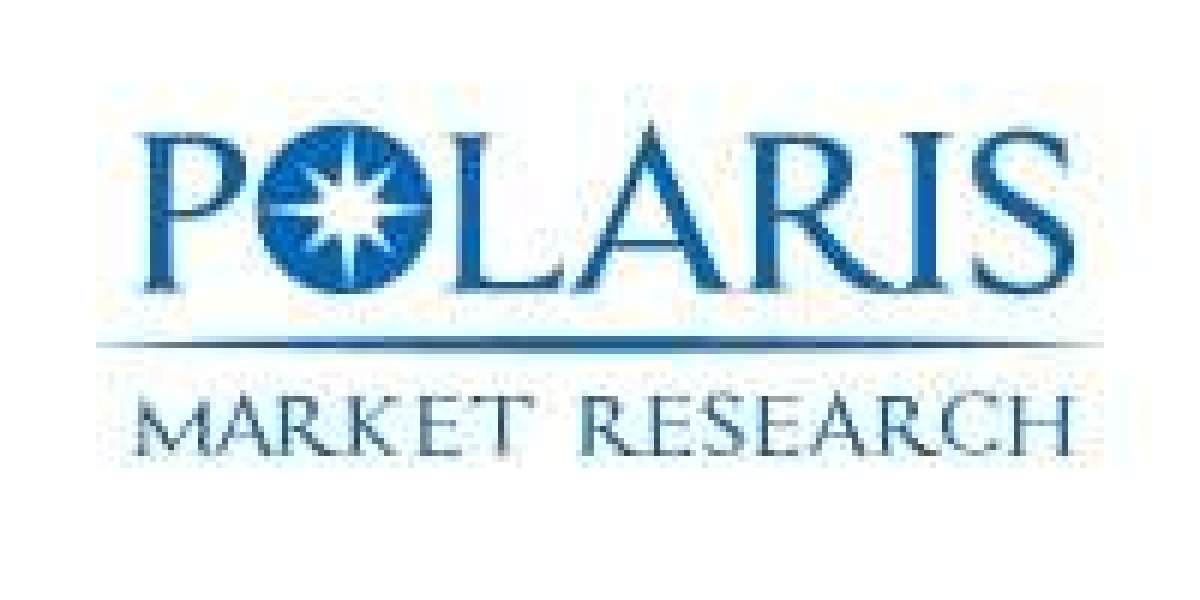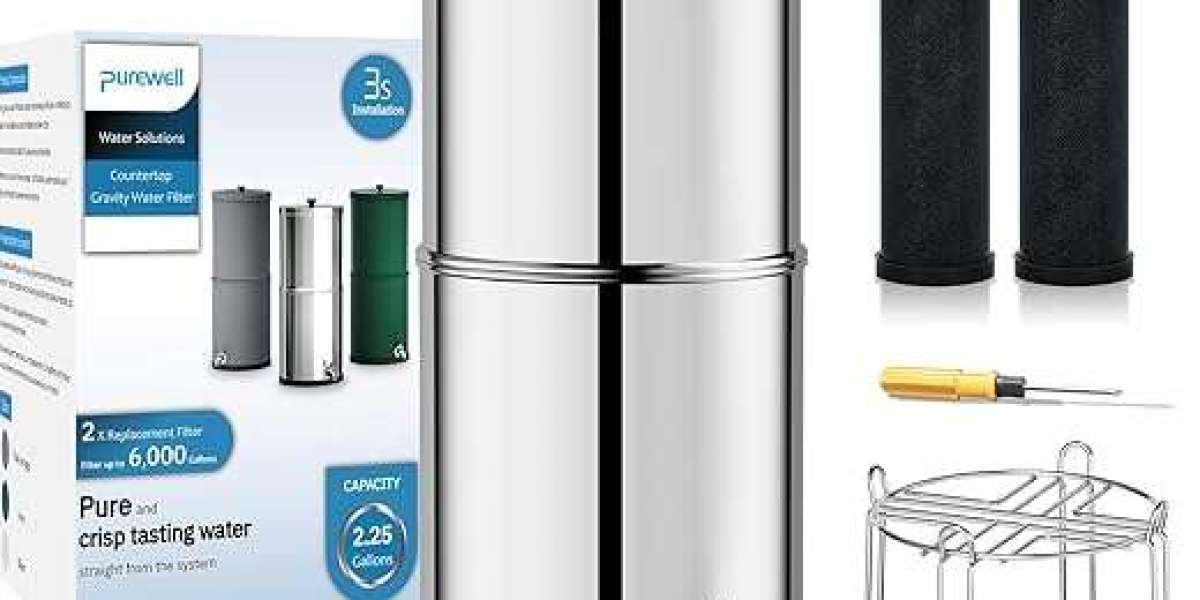Market Overview
Global Audiology Devices Market size and share is currently valued at USD 14.74 billion in 2024 and is anticipated to generate an estimated revenue of USD 26.83 billion by 2034, according to the latest study by Polaris Market Research. Besides, the report notes that the market exhibits a robust6.2% Compound Annual Growth Rate (CAGR) over the forecasted timeframe, 2025 – 2034.
The global audiology devices market is experiencing significant growth, driven by increasing awareness of hearing health, technological advancements, and an aging population. Audiology devices, including hearing aids, cochlear implants, and diagnostic equipment, play a crucial role in improving the quality of life for individuals with hearing impairments. This article delves into the current market landscape, key growth drivers, challenges, regional dynamics, and profiles of leading companies shaping the industry.
The audiology devices market encompasses a range of products designed to assist individuals with hearing impairments. These devices include:
- Hearing Aids: Small electronic devices worn in or behind the ear to amplify sound.
- Cochlear Implants: Surgically implanted devices that provide a sense of sound to individuals with severe hearing loss.
- Bone-Anchored Hearing Aids (BAHA): Devices that transmit sound through the skull bone to the inner ear.
- Diagnostic Equipment: Tools used by audiologists to assess and diagnose hearing conditions.
Key Market Growth Drivers
- Rising Prevalence of Hearing Loss
The World Health Organization (WHO) estimates that by 2050, approximately 2.5 billion people worldwide will experience some degree of hearing loss, with over 700 million requiring hearing rehabilitation . This increasing prevalence is driving the demand for audiology devices.
- Technological Advancements
Recent innovations in audiology devices have enhanced their functionality and user experience. For instance, in August 2024, Sonova launched the Phonak Audéo Sphere Infinio, the first hearing aid featuring real-time artificial intelligence (AI) technology. This device uses dual-chip AI to separate speech from background noise, improving speech understanding in noisy environments .
- Government Initiatives and Insurance Coverage
Governments worldwide are implementing policies to improve access to hearing healthcare. In the United States, for example, Medicaid expanded coverage to include hearing aids for low-income individuals, significantly increasing accessibility .
- Growing Awareness and Acceptance
There is a growing recognition of the importance of addressing hearing loss, leading to greater acceptance of audiology devices. Public health campaigns and educational programs have played a pivotal role in reducing the stigma associated with hearing aids .
Market Challenges
- High Costs of Advanced Devices
The high cost of advanced audiology devices, such as cochlear implants and bone-anchored hearing aids, remains a significant barrier to adoption, particularly in low- and middle-income countries .
- Limited Access to Skilled Professionals
There is a shortage of trained audiologists and healthcare professionals in many regions, especially in rural and underserved areas. This limits the availability of diagnostic and fitting services, hindering the adoption of audiology devices .
- Regulatory Hurdles
Strict regulatory requirements in various regions can delay the introduction of new devices to the market. Manufacturers must navigate complex approval processes to ensure compliance with safety and efficacy standards .
- Competition from Over-the-Counter (OTC) Devices
The emergence of OTC hearing aids has introduced new competition in the market. While these devices offer affordability and convenience, they often lack the personalized fitting and support provided by professional audiologists, leading to higher return rates .
??????? ??? ???????? ????????????? ?????? ????:
https://www.polarismarketresearch.com/industry-analysis/global-audiology-devices-market
Regional Analysis
North America
North America holds a significant share of the global audiology devices market, driven by an aging population, high healthcare expenditure, and advanced healthcare infrastructure. The United States, in particular, has seen increased adoption of hearing aids, supported by insurance coverage and government initiatives .
Europe
Europe is the largest market for audiology devices, accounting for approximately 36% of the global market share in 2024 . The region benefits from a large elderly population, high awareness levels, and strong healthcare systems. Countries like Germany, the UK, and France are key contributors to market growth.
Asia-Pacific
The Asia-Pacific region is expected to witness the fastest growth in the audiology devices market. Factors such as a large aging population, increasing disposable income, and improving healthcare infrastructure are driving demand. China and India are emerging as significant markets due to their vast populations and growing awareness of hearing health .
Latin America and Middle East & Africa
The Latin American and Middle Eastern markets are gradually expanding, supported by improving healthcare access and awareness campaigns. However, challenges such as high device costs and limited professional training remain prevalent in these regions .
Key Companies in the Audiology Devices Market
Several leading companies dominate the global audiology devices market, focusing on innovation, strategic partnerships, and expanding their product portfolios:
- Amplifon S.p.A.
- Cochlear Limited
- Demant A/S (Oticon, Bernafon)
- GN Store Nord A/S (ReSound, Beltone)
- MED-EL
- Natus Medical Incorporated
- Rion Co., Ltd.
- Sonova Holding AG (Phonak, Unitron, Advanced Bionics)
- Starkey Hearing Technologies
- WS Audiology (Widex, Sivantos)
Conclusion
The audiology devices market is poised for substantial growth, driven by factors such as the rising prevalence of hearing loss, technological advancements, and supportive government initiatives. While challenges like high costs and limited access to skilled professionals persist, ongoing innovations and strategic partnerships are paving the way for broader adoption of hearing solutions. As the global population ages and awareness of hearing health increases, the demand for audiology devices is expected to continue its upward trajectory, offering improved quality of life for millions worldwide.
More Trending Latest Reports By Polaris Market Research:
Lemon Oil and Lemon Extracts Market

